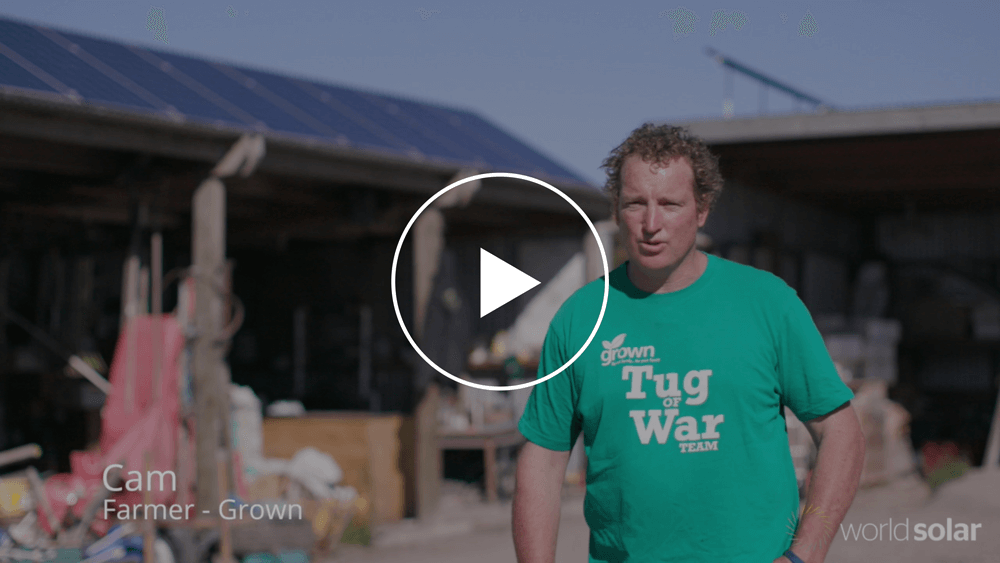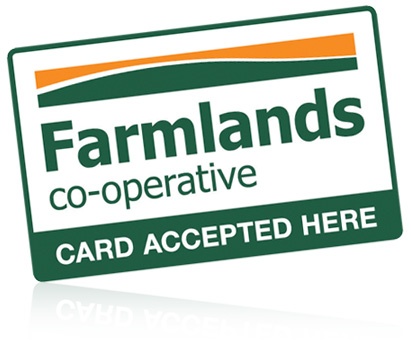Whether your farm is dairy, or sheep and beef, or a horticultural or viticultural business, using solar energy on your farm is a great, clean way for you to lower your power expenses, while increasing your production rates; essentially producing more for less.
Solar can power an amazing array of things on your farm, from livestock buildings to electric fences, while simultaneously lowering your monthly electricity bills. To give you an idea, solar power has been shown to reduce daily day-time grid power consumption by up to 70%, significantly reducing network charges.











